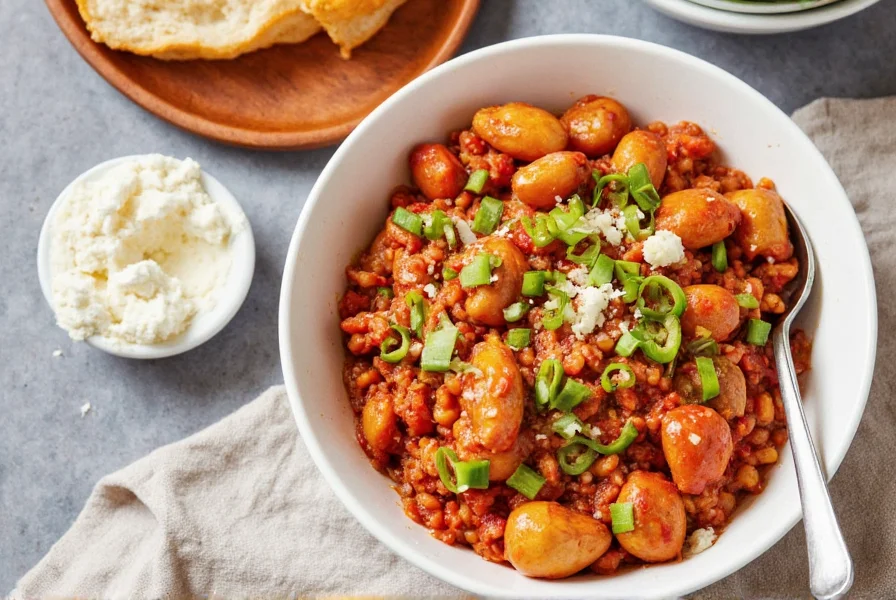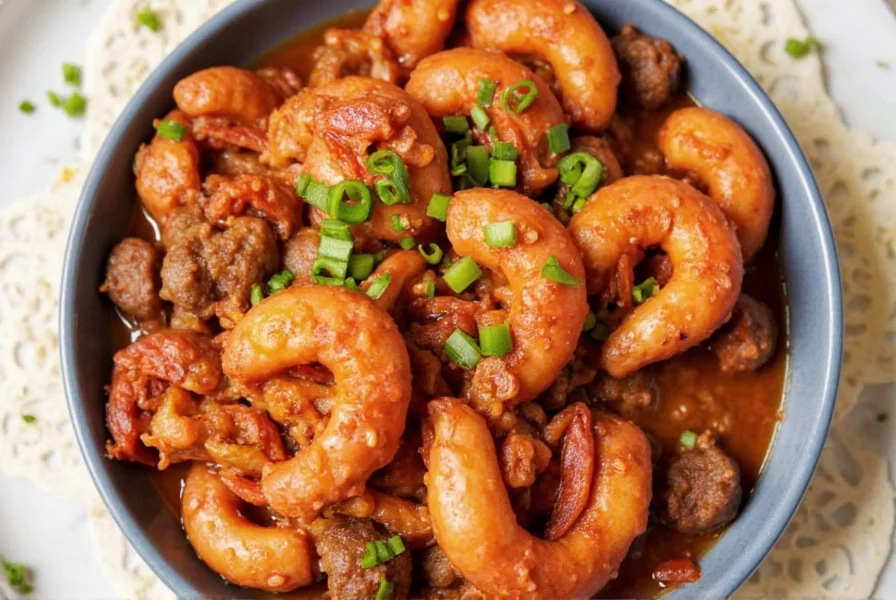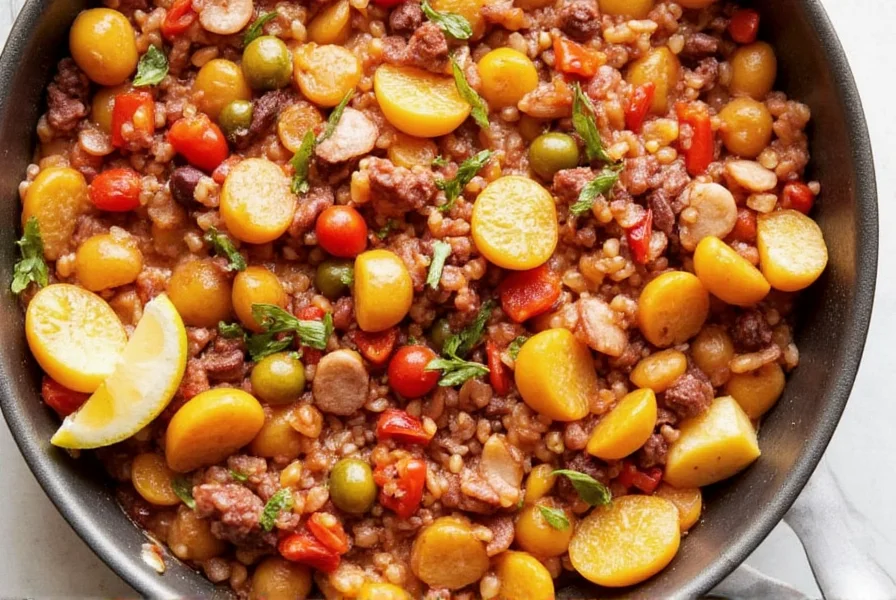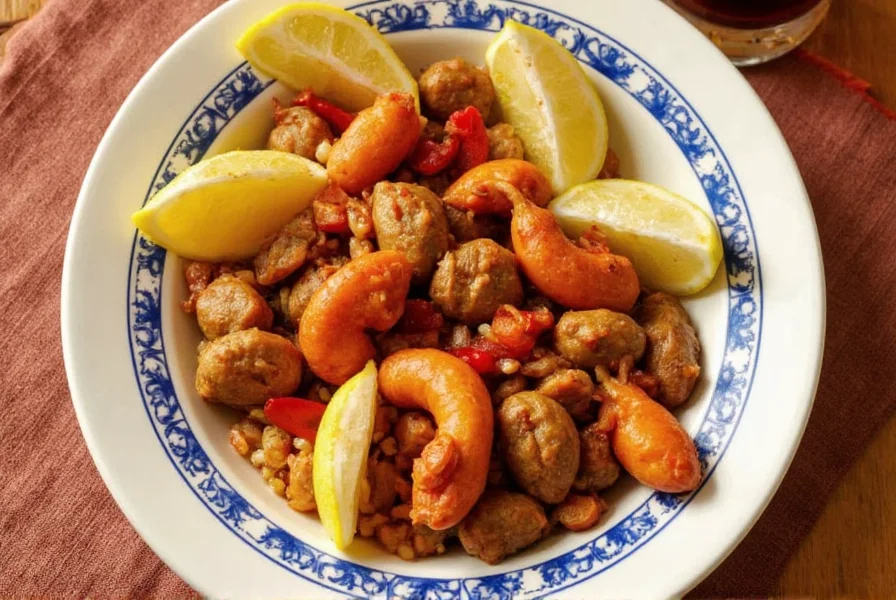Proper spice storage is critical for a flavorful Low Country Boil. Stale or improperly stored spices can ruin your dish, but with these expert tips, you'll keep your spices fresh and potent for every boil. Here's how to store spices for Low Country Boil to maximize flavor and prevent common issues like clumping and loss of heat.
Why Spice Storage Matters for Your Low Country Boil
Ever opened a spice jar only to get a whiff of dust instead of aroma? That's your spices telling you they've lost their potency. In a dish like Low Country Boil, where bold flavors are essential, stale spices simply won't deliver the desired taste. Unlike salt, which remains stable indefinitely, most dried herbs and spices degrade in potency within 6-24 months due to exposure to light, air, and moisture.
| Spice | Best Storage Time | Signs of Degradation |
|---|---|---|
| Paprika | 6–12 months | Fades in color and smell |
| Cayenne Pepper | 6–12 months | Loses heat and vibrancy |
| Old Bay Seasoning | 12–24 months | Bland flavor, clumping |
| Cumin | 6–12 months | Mild scent, dull taste |
| Garlic Powder | 12–18 months | Smells musty or off |
Fresh vs. Old: How to Tell If Your Spices Still Have Mojo
Here's a quick trick: rub a small amount of spice between your fingers and sniff it. If you can't immediately identify the aroma—or if it smells more like chalk than chili—it's time to toss it.
When preparing a Low Country Boil, freshness matters. A faded cayenne pepper won't bring the heat, and old paprika won't give that rich red hue or smoky kick. Think of spices as paint: once they lose their brightness, your masterpiece fades too.

5 Foolproof Spice Storage Tips You'll Actually Use
You don't need a lab-grade cabinet to keep your spices fresh. Just a few simple changes can make a big difference:
- Avoid Heat & Light: Store spices away from stoves and windows. Sunlight and high temperatures break down volatile oils in spices, reducing flavor and aroma.
- Airtight Containers Are a Must: Glass jars with tight lids outperform plastic bags or open containers. Air exposure oxidizes spices, causing them to lose potency over time.
- Label & Date Everything: This isn't rocket science—just a marker. Helps avoid guessing games later and ensures you use spices before they lose freshness.
- Keep It Cool & Dry: Humidity is your enemy. Moisture causes clumping and mold growth in powders. Store in a dark cupboard away from dishwashers or sinks.
- Buy in Small Quantities: Unless you're hosting weekly boils, buy spices in smaller sizes. They lose potency over time, not volume. Whole spices like peppercorns retain potency 2-3x longer than pre-ground versions.

Spice Up Your Boil: Creative Seasoning Hacks for Maximum Flavor
The classic Low Country Boil calls for a handful of key spices, but why stop there?
Hack #1: Make Your Own Zesty Blend
Create a signature seasoning mix by combining:
- Old Bay (2 tbsp)
- Garlic powder (1 tbsp)
- Paprika (1 tbsp)
- Cayenne (½ tsp)
- Lemon zest (optional, 1 tsp)
This blend adds depth without overwhelming your seafood or potatoes.
Hack #2: Infuse Oil with Spices Before Cooking
Heat neutral oil (like grapeseed or avocado) with crushed red pepper flakes, mustard seeds, and peppercorns before pouring it over your boil ingredients. This unlocks complex layers of flavor.
Hack #3: Salt Strategically
Use coarse sea salt in the boiling water for crustaceans, and finish with flaky salt for contrast. Don't oversalt early—you can always add more later!
Hack #4: Toast Whole Spices for More Intensity
Dry toast whole mustard seeds, coriander seeds, and peppercorns before grinding them. The process wakes up aromatic oils for a richer spice profile.

Spice Buying Guide: What to Stock for the Ultimate Boil
Ready to upgrade your pantry for your next Low Country Boil? Here's what you should stock up on:
| Product | Features | Advantages | Use Case | Occasion |
|---|---|---|---|---|
| McCormick Culinary Ground Paprika | Vibrant color, consistent grind | Adds deep color and mild sweetness | For shrimp, corn, and potato coating | Backyard boil, summer parties |
| Schilling Crushed Red Pepper Flakes | Natural heat level, no additives | Perfect balance of spice and crunch | Infusing oil or sprinkling post-cook | Spice lovers' gatherings |
| Old Bay Seasoning Original | Classic Maryland-style blend | Tangy, savory, and slightly spicy | Main seasoning for crabs and shrimp | Crab feasts, coastal-themed dinners |
| Bobs Red Mill Coarse Sea Salt | Flaky texture, clean finish | Enhances seafood brininess | Boiling liquid, finishing touch | Seafood lovers' nights |
| Spicewalla Whole Coriander Seeds | Fragrant, floral, citrusy notes | Adds complexity when toasted | DIY spice blends, pickling brines | Gourmet boils, foodie events |

Frequently Asked Questions
Is "Low County Boil" the correct term, or should it be "Low Country Boil"?
It's commonly misspelled as "Low County Boil," but the authentic term is "Low Country Boil." This refers to the coastal "Lowcountry" region of South Carolina and Georgia where the tradition originated. Using fresh, correctly stored spices is key to honoring this regional classic.
How can I make my spices last longer for infrequent boils?
Store spices in airtight glass containers in a cool, dark cupboard (not above your stove!). For spices used less than quarterly, portion them into smaller containers to minimize air exposure. Whole spices like peppercorns or coriander seeds retain potency 2-3x longer than pre-ground versions—grind them fresh when needed.
What's the best substitute if I run out of Old Bay?
Combine 2 parts paprika, 1 part celery salt, 1 part black pepper, ½ part cayenne, and ½ part dried mustard. Add a pinch of cloves for authenticity. Always check freshness—stale substitutes won't deliver the signature flavor profile. Store this blend in an airtight container for future use.
Why does my boil lack heat even with cayenne?
Cayenne pepper loses potency over time due to exposure to light and air. Proper storage extends its shelf life to 1-2 years. For immediate rescue, add ¼ tsp fresh cayenne to the boiling water during the last 5 minutes of cooking.
Can I reuse leftover seasoned broth?
Yes! Strain broth through cheesecloth to remove spice sediment, then freeze in 2-cup portions. Use within 3 months for soups, rice cooking liquid, or as a base for gumbo. Pro tip: Add extra fresh paprika and garlic powder when reusing to compensate for degraded flavors in the stored broth.
How do I prevent spices from clumping in humid climates?
Add 1-2 uncooked rice grains to spice jars—they absorb moisture naturally. Alternatively, include a food-safe silica packet (like those found in store-bought spices). Never store spices near the dishwasher or sink, and always let boiled ingredients cool completely before adding dry spices to prevent steam-induced clumping.
Conclusion: Boil Smart, Not Hard
Mastering the art of the Low Country Boil isn't just about throwing everything into a pot. It's about precision, timing, and—above all—great spices. With the right storage strategies and seasoning hacks, you'll be turning out restaurant-quality boils in no time.
So, next time you're setting up for a backyard bash, remember: your spices are the unsung heroes of the boil. Treat them right, and they'll reward you with unforgettable flavor.












 浙公网安备
33010002000092号
浙公网安备
33010002000092号 浙B2-20120091-4
浙B2-20120091-4